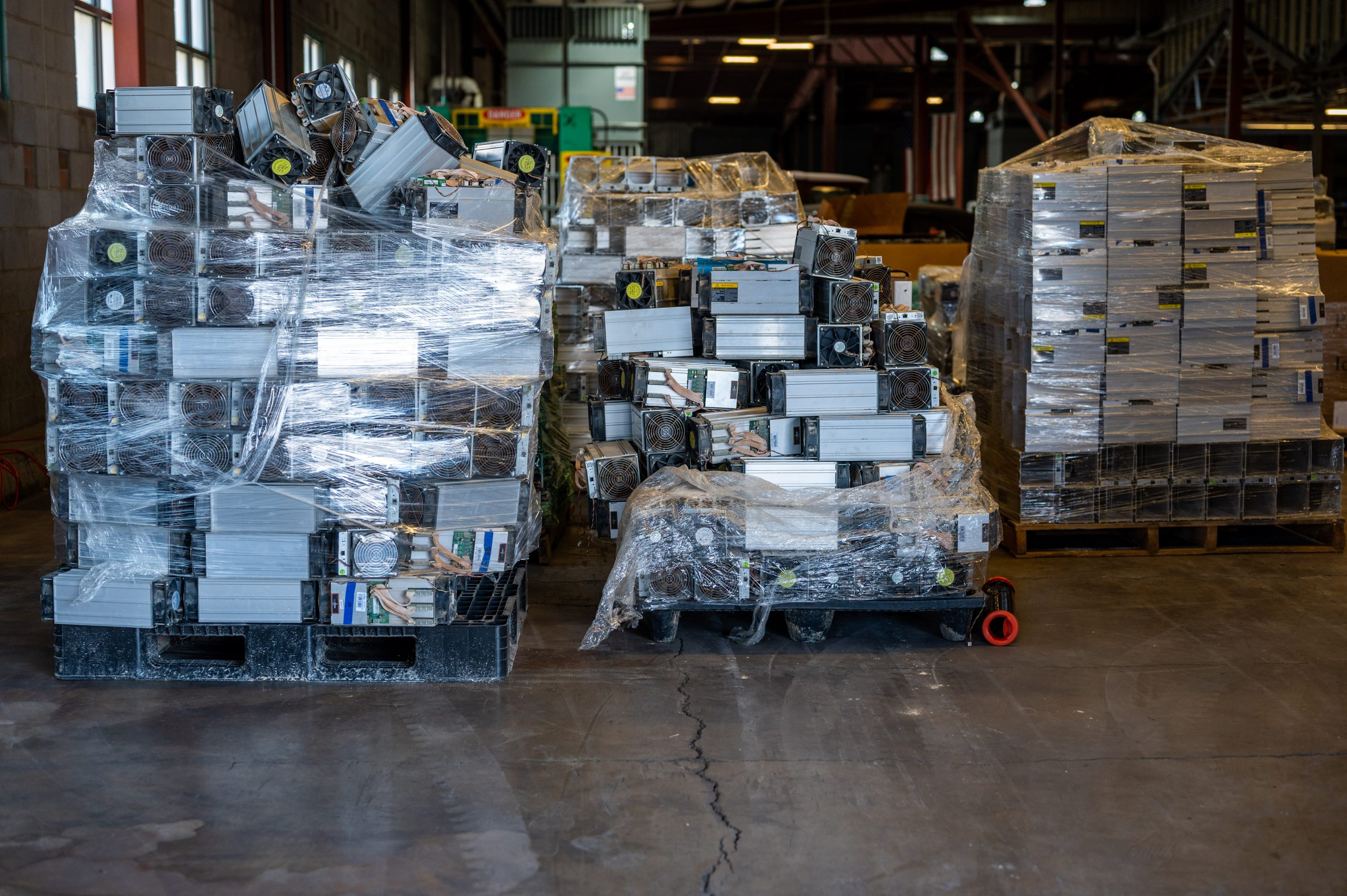In late May, the Chinese government cracked down on crypto mining sending markets into a crash over the past month. The crackdown follows a series of policy announcements aimed at curbing crypto mining operations due to environmental concerns. However, the recent clampdown is nothing new but merely a reiteration of regulations proposed years ago. The Chinese central bank has been concerned with cryptocurrency’s growing popularity because it directly challenges the nation’s current financial stability. To protect the economy from the wild volatility of the crypto market, Beijing halted the facilitation of crypto payments from leading financial institutions in the country and doubled down on bitcoin mining regulations as well. This has set off what many are calling “the great mining migration.” The crypto mining exodus has already begun with new and used cryptocurreny miners flooding the market, and many believe the rigs will be relocated to North America.
This is an end to an era for China, which has hosted 65% – 75% of the world’s hash rate. Due to its established technology, supply chain, and cheap electricity, parts of the country were ideal for large scale mining operations. Regions like inner Mongolia, Xinjiang, Sichuan, and parts of Yunnan were major hubs for mining rigs. Since the crackdown, province leaders have provided two months for miners to clear out. In addition, cryptocurrency prices have plummeted. Earlier in the year, Bitcoin peaked at $64k and is now sitting just under $36k. Though there are several variables responsible for the heavy decline, it would be difficult to deny China’s giant impact on the market. Despite China’s anchored stance on crypto, miners are looking to relocate to the United States and Canada. Texas is now a potential location for the miners in exodus from China because of its libertarian regulatory environment and abundant cheap green energy. In addition, Texas has the cheapest electricity in the United States. The exodus stresses the opportunity for miners to diversify their global hashrate. This migration provides the bridge for other countries to implement small crypto zones and further expose people to digital assets.
Since the inception of the Bitcoin, studies have shown that there has been an astronomical surge in carbon emissions. This undermines President Xi Jinping’s promise to make China carbon neutral by 2060. Thanks to the heavy rain during China’s summer season, miners were able to rely on sustainable power sources to fuel the rigs. However, the arid winters caused miners to seek out an alternative cheap electricity source: coal. Burning coal to create currency has quickly become a huge factor for the mining exodus. In addition, many believe that the Chinese Communist Party is speculative and apprehensive toward anything outside of their control. The crackdown was a result of these factors. Now, some of the world’s largest mining farms are halting operations in China and migrating across the globe to set up shop in other countries.



